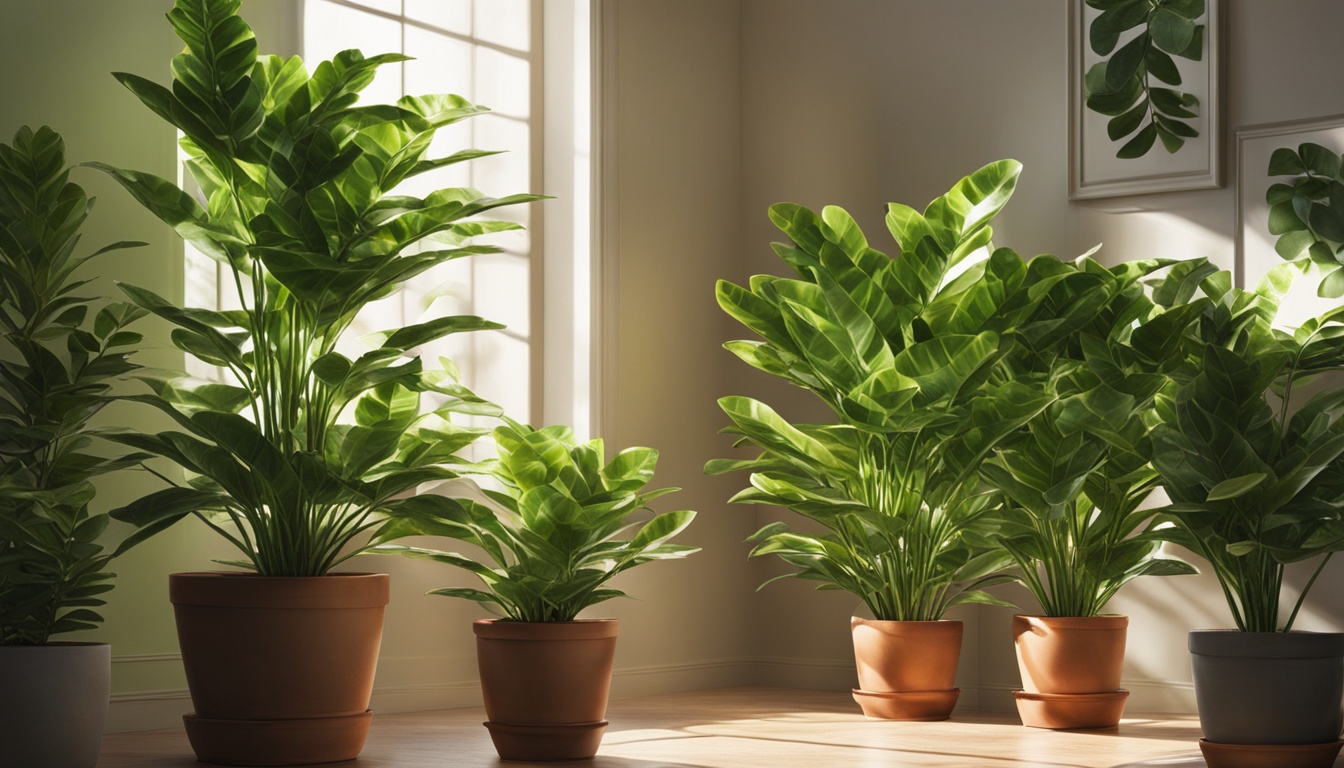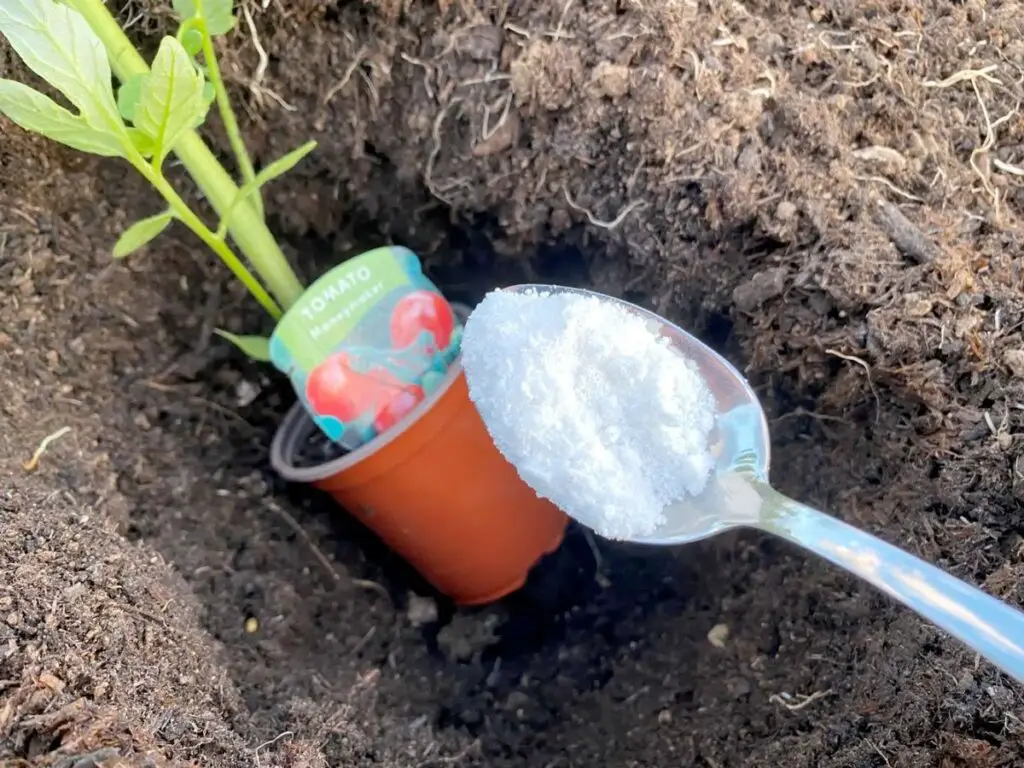I’ve always been drawn to the tree philodendron (Philodendron bipinnatifidum), a tropical plant from South America.
It’s also called the lacy leaf, split leaf, or horsehead philodendron. This plant stands out with its large, shiny leaves shaped like hearts, deeply cut.
It’s perfect for adding a tropical feel to your home or garden. The tree philodendron is easy to grow and maintain. It’s a great choice for anyone who loves plants.

Key Takeaways
- The tree philodendron is a large, tropical plant that can reach up to 15 feet in height and 10 feet in width at maturity.
- It is native to the southern regions of South America, including Brazil, Argentina, Bolivia, and Paraguay.
- Tree philodendrons thrive in bright, indirect light and well-draining, nutrient-rich soil.
- Proper watering, temperature, and humidity are essential for the plant’s health and growth.
- Propagation can be done through stem cuttings or offsets from the base of the plant.
What is a Tree Philodendron?
The tree philodendron, also known as the lacy tree philodendron or Philodendron selloum, is a beautiful evergreen plant.
It brings a tropical feel to any indoor or outdoor area. Its name, Philodendron bipinnatifidum, was changed to Thaumatophyllum bipinnatifidum, but it’s still called the tree philodendron.
Botanical and Common Names
The tree philodendron’s botanical name is Philodendron bipinnatifidum, now known as Thaumatophyllum bipinnatifidum.
It’s also called the tree philodendron, lacy tree philodendron, Philodendron selloum, and horsehead philodendron.
Plant Type and Mature Size
This plant is a broadleaf evergreen that can grow up to 15 feet tall and 10 feet wide outside. Indoors, it reaches about 6 feet tall and 8 feet wide. Its big, deeply lobed leaves and size make it a standout in any space.
The tree philodendron comes in many colors like blue-green, vibrant chartreuse, and rich purple-burgundy. Its lush look and easy care make it a favorite for indoor and outdoor gardens.
Grow A Tree Philodendron and Care
To grow a thriving tree philodendron, you need to know about light requirements, soil needs, watering, temperature and humidity, fertilizing, and propagation. By understanding these needs, you can keep your tree philodendron healthy and beautiful at home or in the garden.
Light Requirements
The tree philodendron prefers dappled shade or medium to bright indirect light. Inside, put it near a sunny window with a thin curtain to filter the light. Don’t put it in low-light spots, as it will grow poorly.
Soil Needs
Tree philodendrons do well in moist, well-draining soil rich in organic matter. A mix of compost, perlite, and orchid bark or coco coir is great for it. Stay away from acidic or salty soil, as it doesn’t like those conditions.
Watering Requirements
Water the tree philodendron when the top two inches of soil feel dry. Keep the soil moist but not too wet, as it can get root rot in wet conditions.
Temperature and Humidity
This plant thrives in warm, humid places. Your average home temperature and humidity are usually fine. But, keep it away from heating vents or drafty windows. Outdoors, it can handle the cold in USDA zones 9a through 11b.
Fertilizing
Feed it a balanced fertilizer once a month when it’s growing. Don’t fertilize in the fall and winter when it’s dormant to avoid fertilizer burn.
Propagation
You can grow a new tree philodendron from stem cuttings. Cut just below a node on the stem, making sure each cutting has 2-3 leaves and a few nodes. Put the cutting in water and keep it in bright, indirect light until roots appear. Then, move it to soil.

Common Issues and Pests
Looking after my Tree Philodendron has taught me about common pests and problems. Spider mites, fungus gnats, aphids, and mealybugs are pests I watch for. It’s important to check the leaves often to spot and deal with infestations early.
Root rot is another issue I’ve faced, often from too much water or compacted soil. If I see mushy stems and dying leaves, it means root rot might be there. To fix it, I cut off the bad parts and start new plants from the healthy stem.
Keeping my Tree Philodendron healthy means paying attention to watering and the environment. With careful watching and care, my Philodendron stays beautiful indoors or outside.
FAQ
What is the botanical name for the tree philodendron?
The botanical name for the tree philodendron is Philodendron bipinnatifidum. It was recently reclassified as Thaumatophyllum bipinnatifidum.
What are the common names for the tree philodendron?
It’s also known as the lacy tree philodendron, Philodendron selloum, and horsehead philodendron.
What are the mature size and growth habits of the tree philodendron?
This evergreen can grow up to 15 feet tall and 10 feet wide outdoors. Indoors, it reaches about 6 feet tall and 8 feet wide.
What type of light does the tree philodendron prefer?
It thrives in dappled shade or medium to bright indirect light. Indoors, a sunny window with a thin curtain or blinds is perfect.
What type of soil does the tree philodendron require?
It prefers soil that’s moist but drains well and rich in organic matter. It can’t handle acidic or salty soil. A mix of compost, perlite, and orchid bark or coco coir is ideal.
How often should the tree philodendron be watered?
Water it when the top two inches of soil are dry. Keep the soil consistently moist but not waterlogged to prevent root rot.
What temperature and humidity levels does the tree philodendron prefer?
It loves warm, humid places. Average home temperatures and humidity are fine, unless it’s near a heating vent or drafty window. Outdoors, it thrives in USDA zones 9a through 11b.
How should the tree philodendron be fertilized?
Feed it a balanced fertilizer monthly during the growing season. Stop fertilizing in fall and winter when it’s dormant to avoid damage.
How can the tree philodendron be propagated?
Propagate it with stem cuttings. Cut below a node on the stem, making sure each cutting has 2-3 leaves and a few nodes. Place the cutting in water in a bright spot until roots appear, then move it to soil.
What are common pests and issues that affect the tree philodendron?
Watch out for spider mites, fungus gnats, aphids, and mealybugs. Regularly check for pests. It’s also prone to root rot from bad watering or compacted soil. Look for mushy stems and dying leaves, and cut off the affected parts to save the plant.



